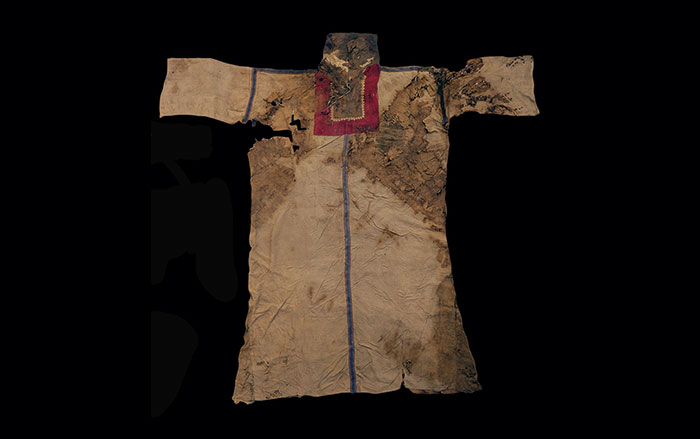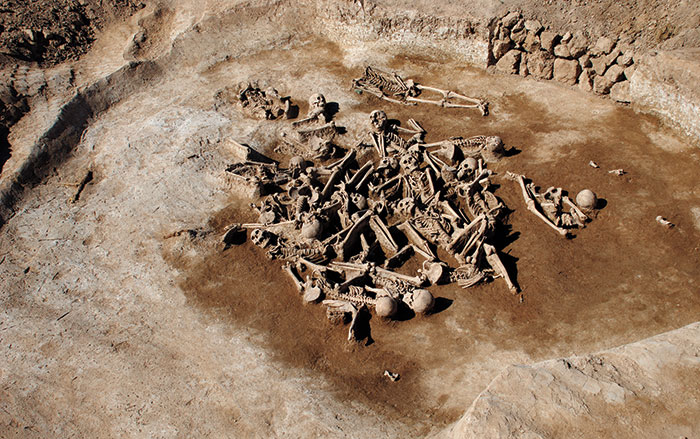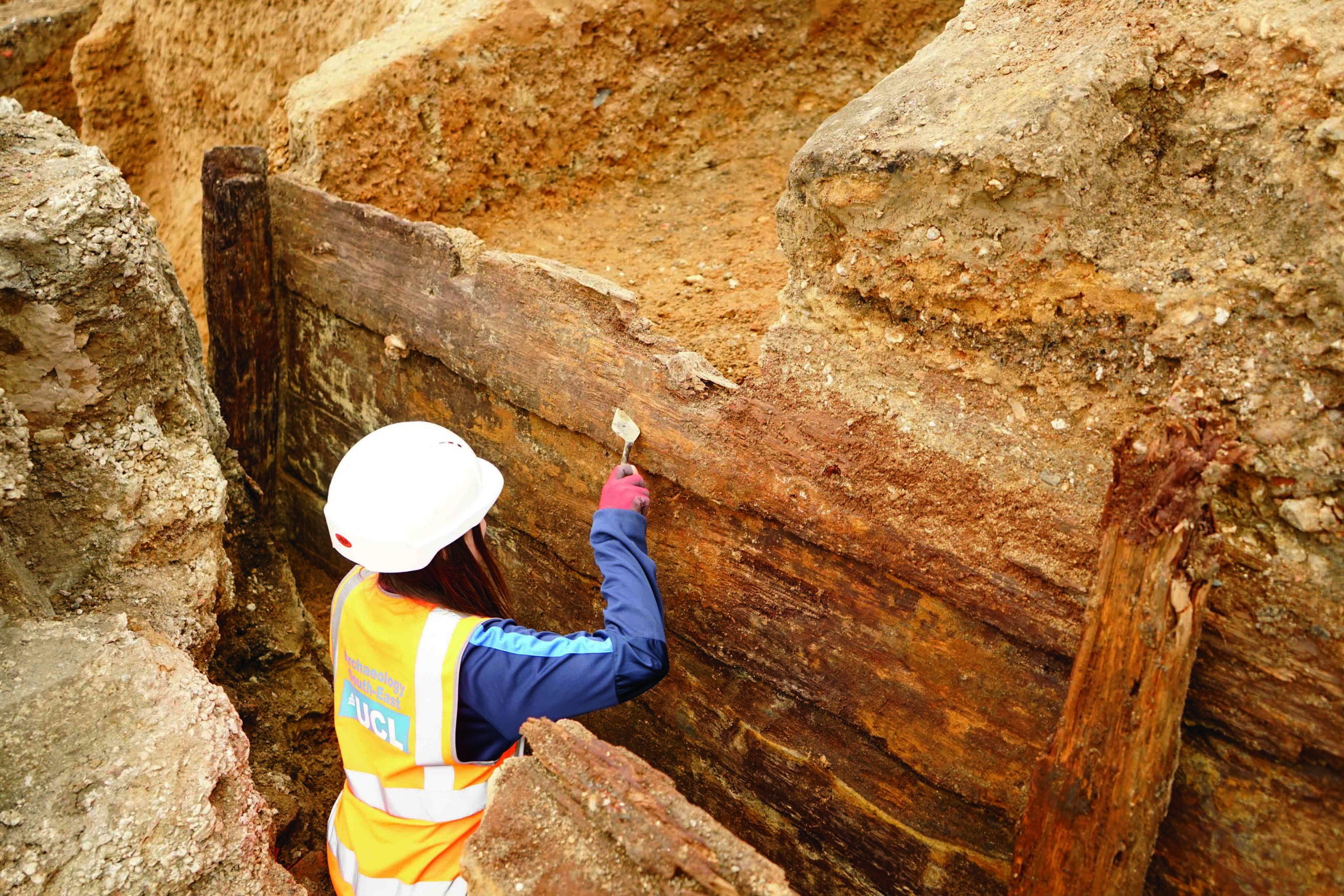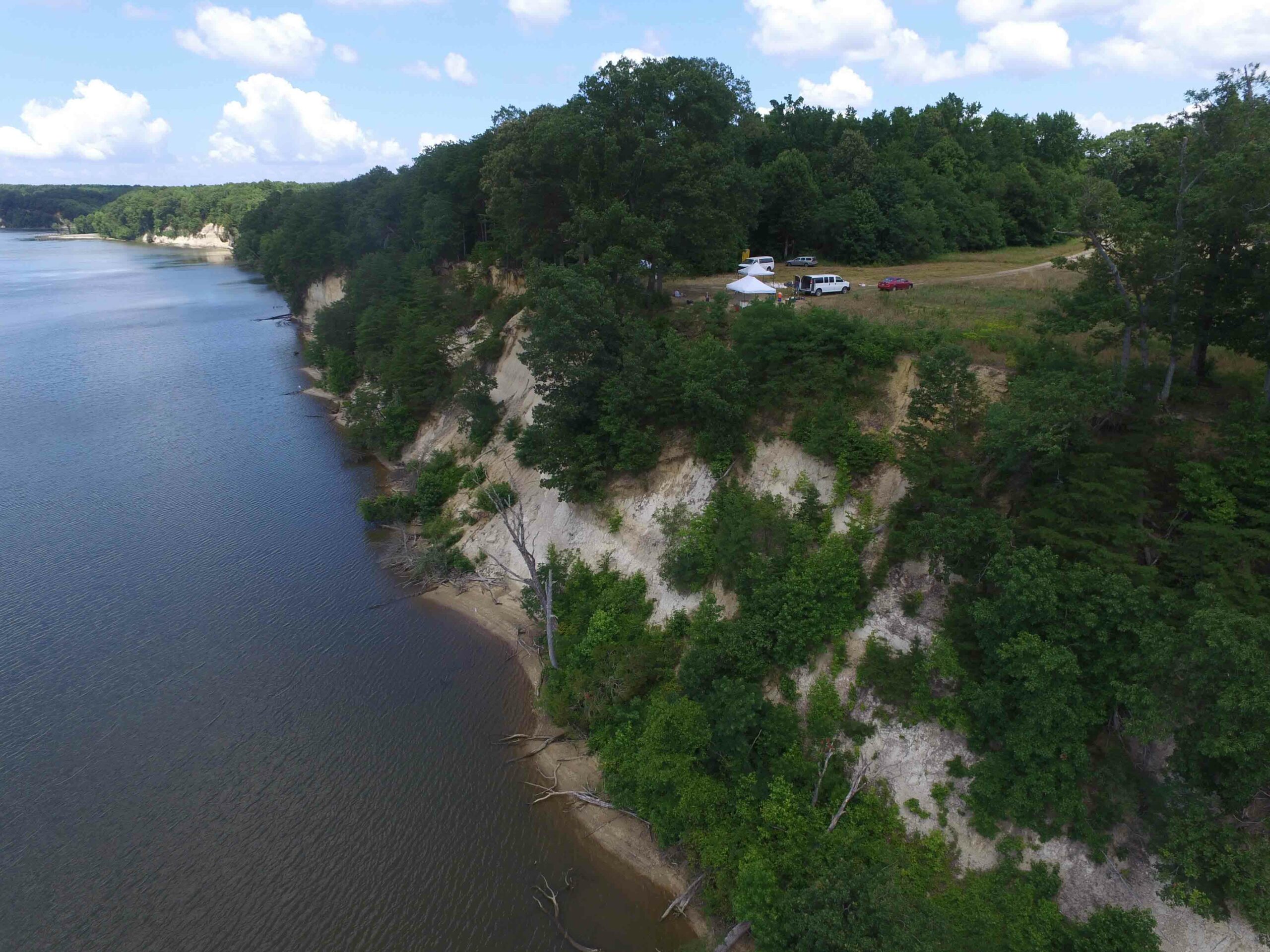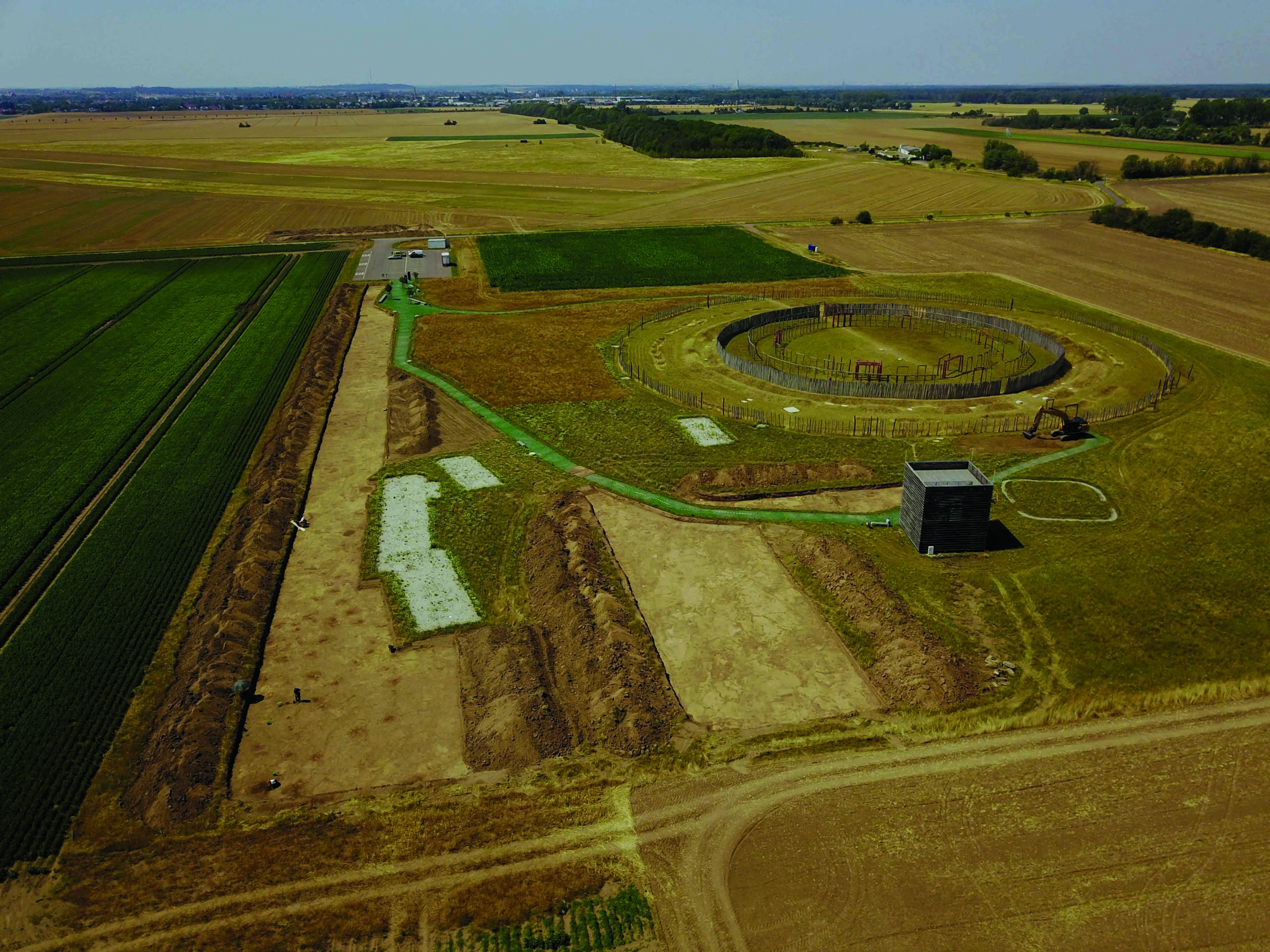
XI’AN, CHINA—According to a Nature report, a team of researchers led by Bin Han of the University of the Chinese Academy of Sciences identified a bronze vessel containing remnants of a 2,700-year-old cosmetic among the artifacts recovered from a nobleman’s tomb at the Liujiawa site in northern China. Liujiawa was the capital of the Rui State during the Spring and Autumn period, from 770 to 475 B.C. Analysis of the soft, yellow-white substance revealed it had been made from animal fat and a type of cave mud known as moonmilk, which turns to a white powder when dried. The researchers suggest that the cream may have been produced by an emerging cosmetics industry for use in religious ceremonies, or as a mark of status. The grave also contained bronze funerary weapons. Read the original scholarly article about this research in Archaeometry. For more on ancient makeup, go to "Beauty Endures."




